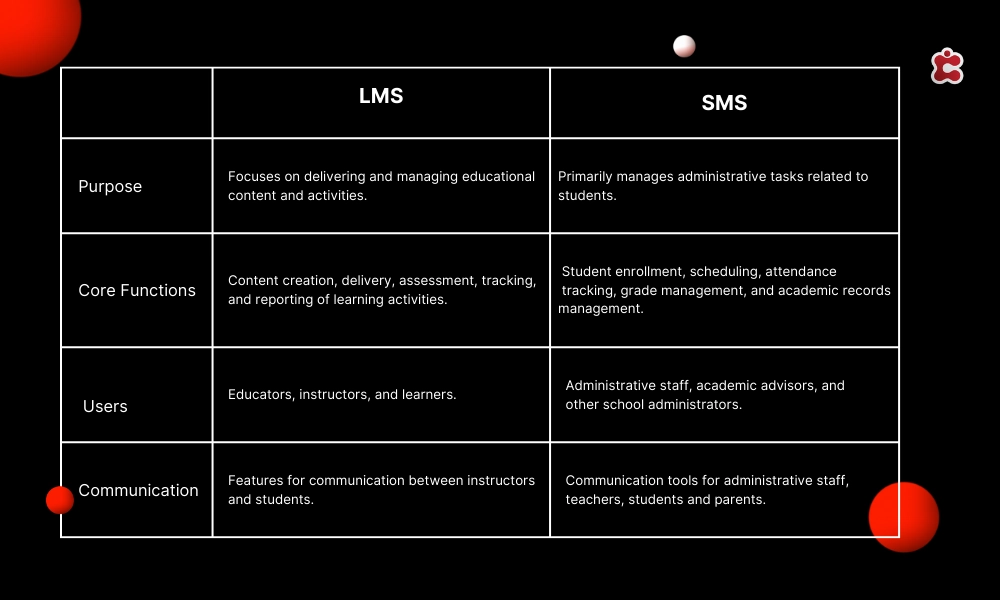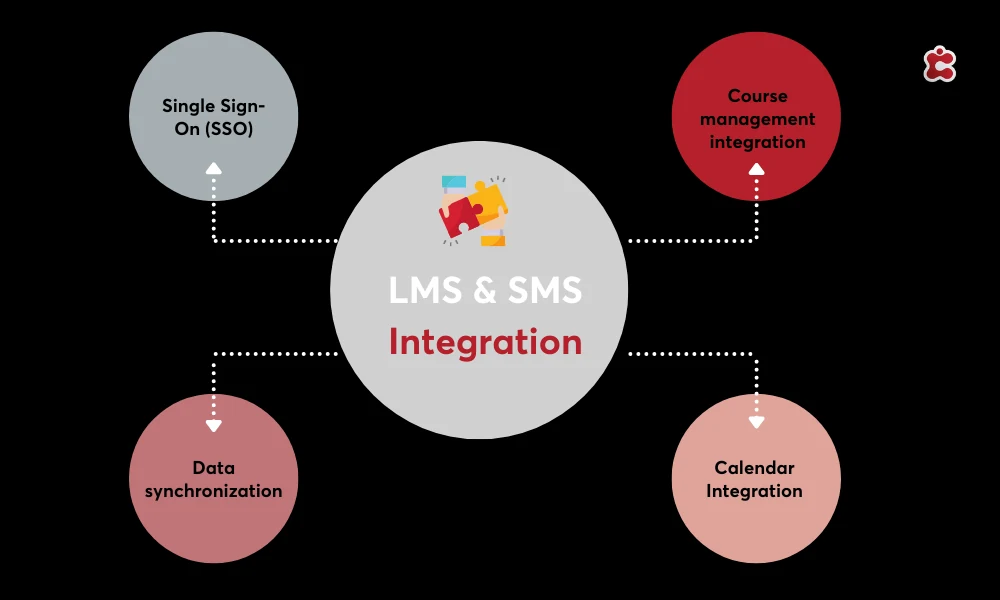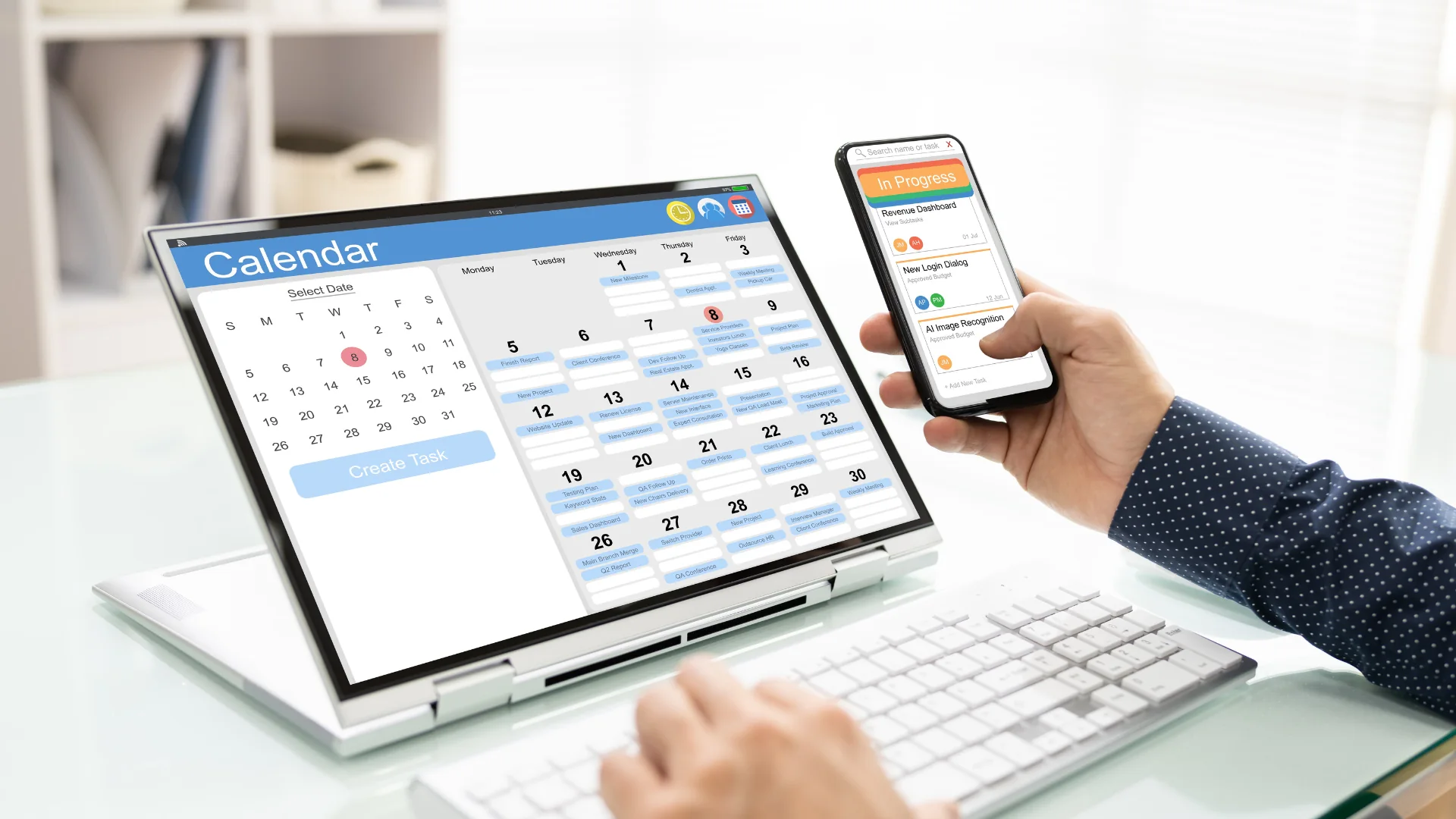In a world full of systems and software, choosing the right platform suited for your institution can be overwhelming. With the growing recognition in higher education, the utilization of technology has become indispensable. Among the technological tools available, Learning Management Systems (LMS) and Student Management Systems (SMS) stand out as pillars supporting modern educational paradigms.
But what are they? Why are they important for higher education? and more importantly, how do they differ?
Learning Management Systems (LMS) are comprehensive digital platforms designed to facilitate the administration, delivery, and management of educational content and activities. On the other hand, Student Management Systems (SMS) primarily focus on administrative tasks related to student data management. The significance of LMS and SMS in higher education cannot be overstated. These systems streamline administrative processes, enhance communication between stakeholders, and provide valuable insights through data analytics.
We will explore the key differences between LMS and SMS in higher education, examining their functionalities, benefits, and how they contribute to the advancement of teaching and learning in the digital age.

LMS vs SMS: Purpose and Functionality
Learning Management Systems
Learning Management Systems are designed to facilitate teaching and learning activities within educational institutions. They serve as comprehensive platforms that enable educators to create, manage, and deliver course content in both traditional and online learning environments. The key functionalities of an LMS include:
- Course Content Management: LMS platforms provide tools for instructors to organize and deliver course materials such as lectures, presentations, readings, and multimedia resources.
- Online Assessments: They offer various assessment tools, including quizzes, tests, assignments, and discussions, allowing instructors to evaluate student progress and performance.
- Grading: LMS systems streamline the grading process by automating grading for certain types of assessments and providing a centralized platform for instructors to enter grades, provide feedback, and track student performance.
- Communication: LMS platforms facilitate communication and collaboration between instructors and students through features such as announcements, messaging, discussion forums, and virtual classrooms.
Student Management Systems
Student Management Systems are primarily centered around administrative tasks related to student records and management. These systems serve as centralized databases for storing and managing student information throughout their academic journey. The key functionalities of an SMS include:
- Admissions: SMS platforms facilitate the admissions process by managing applications, collecting applicant data, and tracking admissions decisions.
- Enrollment: These systems handle enrollment tasks such as course registration, class scheduling, and managing student rosters.
- Student Information Tracking: SMS platforms maintain comprehensive records of student information, including demographic data, academic history, attendance records, and disciplinary actions.
- Reporting: SMS systems generate reports and analytics on various aspects of student data, such as enrollment trends, academic performance, and graduation rates, to support institutional decision-making and compliance requirements.
User Perspectives
Both LMS and SMS play a critical role in the functioning of higher education institutions, offering distinct advantages to various stakeholders. Here is how these systems shape the educational landscape from multiple vantage points:
Educators:
For educators, LMS platforms offer a range of tools and functionalities that greatly enhance teaching strategies and student engagement. These platforms provide instructors with the ability to deliver course materials in a variety of formats, including text, multimedia, and interactive content, catering to diverse learning styles. Additionally, LMS platforms facilitate communication and collaboration between instructors and students, fostering a sense of community and interaction in both traditional and online learning environments.
Administrators:
SMS platforms offer efficiency gains in managing student data and administrative tasks. These systems streamline processes such as admissions, enrollment, registration, and record-keeping, reducing manual paperwork and administrative overhead. Additionally, SMS platforms provide administrators with real-time access to student information, enabling informed decision-making and timely interventions when necessary.
Students:
For students, LMS platforms provide a user-friendly interface for accessing course materials, submitting assignments, and engaging in interactive learning activities. These platforms offer flexibility and convenience. This allows students to access educational resources anytime, anywhere, and on any device. Additionally, LMS platforms facilitate communication with instructors and peers, enabling collaboration and support in the learning process.
Similarly, SMS platforms impact students by streamlining enrollment processes and enhancing student services. These systems provide students with a seamless experience when registering for courses, accessing academic records, and receiving support services. By simplifying administrative tasks and improving access to resources, SMS platforms contribute to a more positive and efficient student experience within higher education institutions.

Integration and Interoperability
The importance of integration lies in its ability to streamline administrative tasks, improve data accuracy, and facilitate communication between different systems. When LMS and SMS systems are integrated effectively, administrators can synchronize student data across platforms. Thus, eliminating the need for duplicate data entry and reducing the risk of errors. This seamless integration also allows for real-time updates, ensuring that instructors have access to the most current student information when managing courses and assessments.
Furthermore, integration enhances the educational experience for students by providing a unified interface for accessing course materials, submitting assignments, and engaging with academic resources. For example, integration between an LMS and an SMS can enable students to view their course schedules, grades, and financial information within the same platform
Examples of integration scenarios include:
- Single Sign-On (SSO) integration: Allowing students and faculty to access both LMS and SMS platforms using a single set of credentials, enhancing user experience and security.
- Data synchronization: Automatically updating student records, course enrollments, and grades between LMS and SMS systems, ensuring data consistency and accuracy.
- Course management integration: Integrating course registration, enrollment, and scheduling functionalities between LMS and SMS platforms, simplifying administrative processes for both students and administrators.
- Calendar Integration: Integrating the calendar functionalities between LMS and SMS platforms allows for seamless scheduling of academic events, exams, and important deadlines.
Classter’s Solution for Higher Ed
Classter offers a comprehensive solution for higher education institutions, seamlessly integrating both Learning Management System and Student Management System. Classter’s LMS empowers educators to create, deliver, and analyze learning paths, fostering an interactive and engaging learning environment. With customizable learning paths, educators can tailor education to fit the unique needs of every learner.
To enhance administrative efficiency, Classter’s SMS streamlines school administration by automating time-consuming tasks, from admissions and enrollment to scheduling and grade management. It ensures operational efficiency, freeing up staff to focus on nurturing student success. Real-time academic tracking enables monitoring, support, and celebration of student achievement
In addition, Classter’s integrated solution seamlessly combines the functionalities of LMS and SMS, providing a cohesive and efficient educational environment. By integrating Classter LMS and SMS, educators, administrators, and students benefit from a unified platform.
Schedule a consultation with one of Classter’s experts today to discover how our integrated solution can streamline administrative tasks, enhance academic delivery, and foster a vibrant educational community.
Let us partner with you on your journey towards educational excellence.
FAQ’s
SMS primarily focuses on administrative tasks related to student data management, while LMS facilitates teaching and learning activities by providing tools for course content management, assessments, and communication between instructors and students.
SMS and LMS systems streamline administrative processes, enhance communication between stakeholders, provide valuable insights through data analytics, and ultimately contribute to the advancement of teaching and learning in the digital age.
Classter is a comprehensive, all-in-one school management system designed to streamline operations and enhance academic delivery. It offers both LMS and SMS functionalities tailored to meet the demands of higher education.

